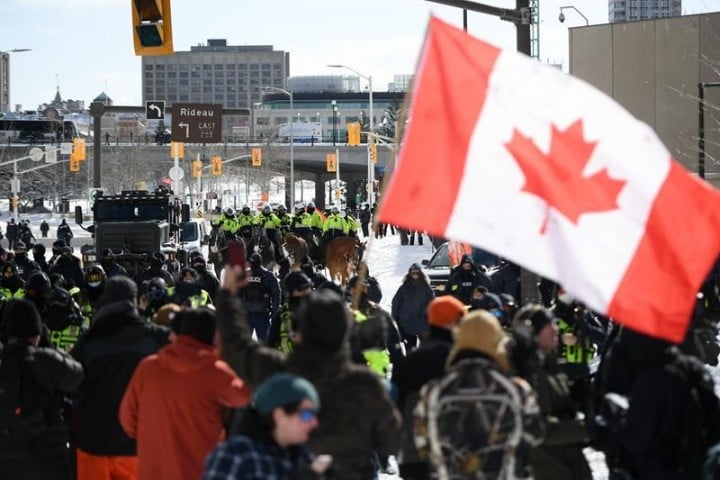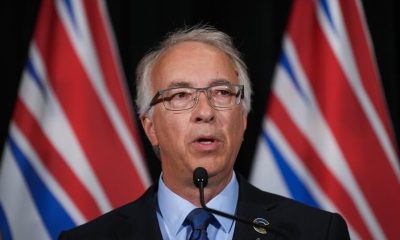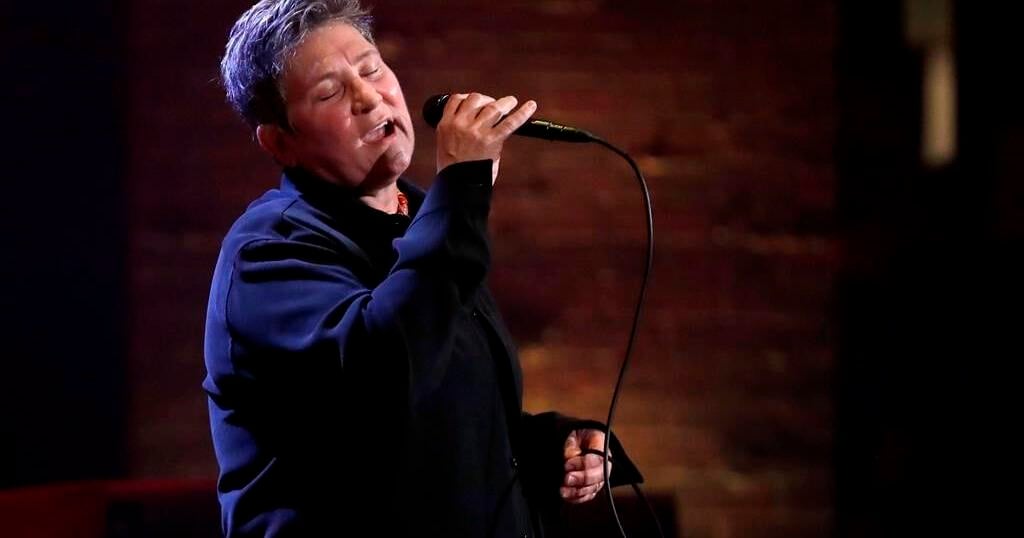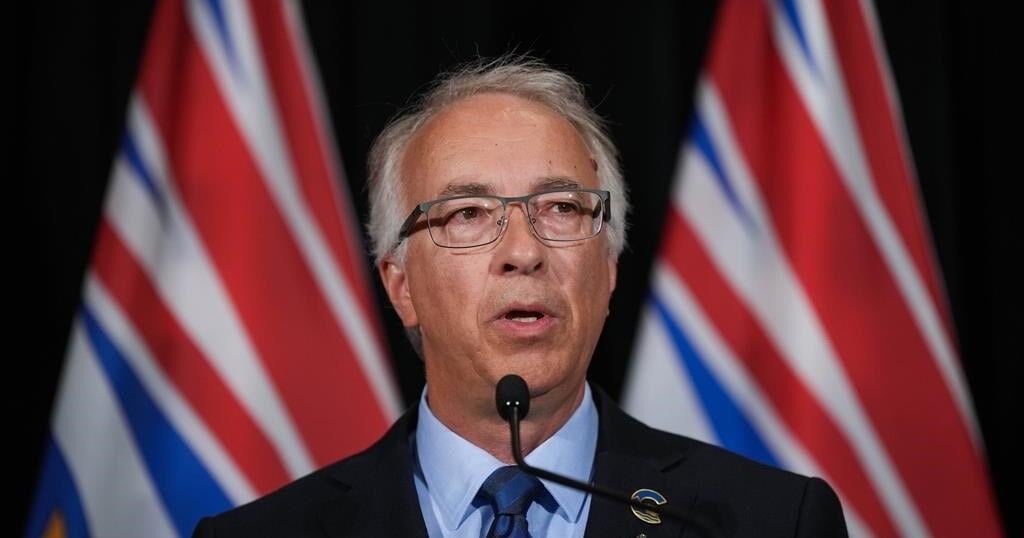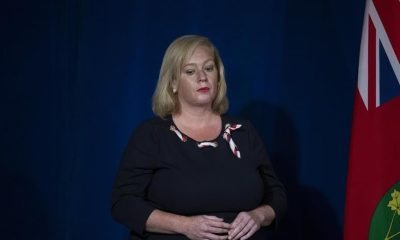OTTAWA — A public inquiry is underway to determine whether the federal government was justified in its invocation of the Emergencies Act last winter during the “Freedom Convoy” protests.
After dozens of witnesses gave testimony and hundreds of sensitive documents were submitted into evidence, the Public Order Emergency Commission began its final week of hearings Monday.
Prime Minister Justin Trudeau and other high-ranking cabinet members are expected to appear next.
They will face questions about whether the emergency declaration and the powers under the Emergencies Act were really necessary to clear the protests — driven by opposition to COVID-19 measures and anti-government sentiment — that had clogged Ottawa’s downtown for weeks and inspired border-crossing blockades.
Here’s a look at what the legislation actually says, and the specific powers that the federal Liberals brought in.
What is the Emergencies Act?
The act, which became law in 1988 and served to replace the War Measures Act, sets out a definition for a national emergency.
It is “an urgent and critical situation of a temporary nature” that “cannot be effectively dealt with under any other law of Canada.”
Under the act, such an emergency either “seriously endangers the lives, health or safety of Canadians and is of such proportions or nature as to exceed the capacity or authority of a province to deal with it,” or “seriously threatens the ability of the government of Canada to preserve the sovereignty, security and territorial integrity of Canada.”
There are several types of emergencies laid out in the act, to do with public welfare, public order, war and other international emergencies.
February’s declaration fell under the part on public order emergencies. This section allows a federal government to declare the emergency then bring in orders and regulations, “on reasonable grounds,” to deal with it.
What definition does the act use to determine a security threat?
Under the Emergencies Act, a public order emergency consists of “threats to the security of Canada” as defined under the Canada Security Intelligence Service Act.
The CSIS Act says such national threats include:
— espionage or sabotage against Canada or detrimental to Canada’s interests, or activities directed toward it;
— foreign-influenced activities “detrimental to the interests of Canada” that are clandestine or deceptive and involve a threat to any person;
— activities directed toward or supportive of the threat or use of “serious violence against persons or property” for a political, religious or ideological objective;
— activities to covertly and unlawfully undermine or intended to destroy or overthrow “the constitutionally established system of government in Canada.”
How did the federal government justify the emergency declaration?
On Feb. 14, just over two weeks into demonstrators’ occupation of downtown Ottawa, the government issued a proclamation through the Governor General declaring the public order emergency.
While it is an option under the act to declare an emergency in only one geographical area, the order specified that the emergency existed “throughout Canada” and necessitated “the taking of special temporary measures.”
The proclamation stated that the emergency consisted of:
— the “continuing blockades by both persons and motor vehicles” at various locations and “continuing threats to oppose measures to remove the blockades, including by force;”
— the blockades being carried on “in conjunction with activities that are directed toward or in support of the threat or use of acts of serious violence against persons or property, including critical infrastructure, for the purpose of achieving a political or ideological objective within Canada;”
— the “adverse effects on the Canadian economy,” as well as “threats to its economic security,” the “breakdown in the distribution chain and availability of essential goods, services and resources” and adverse impacts on Canada’s relationship with its trading partners; and
— the “potential for an increase in the level of unrest and violence that would further threaten the safety and security of Canadians.”
What emergency policing powers were brought in last winter?
The government’s proclamations took advantage of the full slate of powers available under the act.
The first was the regulation or prohibition of public assembly that could reasonably be expected to lead to a breach of the peace; travel to, from or within specified areas; and the use of specified property.
This included the ability to empower RCMP to act on provincial and municipal laws and to designate and secure “protected places.”
Government regulations made under the act specified that the places that could be secured included all areas of critical infrastructure — including transportation hubs, utilities infrastructure, border crossings, power plants, hospitals and “locations where COVID-19 vaccines are administered.”
Other secure locations included Parliament Hill and the rest of the parliamentary precinct in Ottawa, official residences, government and defence buildings, monuments and any other place designated by the minister of public safety.
Using the act, the government empowered police to compel companies to provide services including the removal, towing and storage of vehicles, equipment or other structures or objects that were part of blockades.
The government left itself some wiggle room for “other temporary measures” that were authorized by the act but were “not yet known” at the time of the proclamation.
A person who contravened the emergency orders would face a fine of up to $5,000, five years in prison or both if they were indicted, per the act. Upon a less serious summary conviction, a person would face up to $500, a prison sentence of up to six months or both.
What were the emergency economic powers?
Under the 58, the government was able to regulate or prohibit “the use of property” to fund or support the blockades.
The government issued a separate set of economic regulations that set out a “duty to cease dealings” with anyone involved.
This meant that financial services providers could immediately freeze personal or corporate accounts without facing any liabilities.
The regulations included an order that banks, credit unions, crowdfunding platforms and other financial services providers register with the Financial Transactions and Reports Analysis Centre of Canada, or Fintrac, and report suspicious transactions.
They required that the institutions review their relationships with anyone involved in the blockades and report their holdings to the RCMP or the Canadian Security Intelligence Service.
What are the checks and balances under the act?
Ottawa decided to revoke the emergency declaration after just one week, but it would have automatically expired after 30 days unless the government undertook a process to extend it, which would have required parliamentary approval.
Both chambers of Parliament were required to affirm the decision at the time. In the House of Commons, New Democrats voted with Liberals to make that happen. But the Senate never came to a vote because the emergency was revoked while senators were still debating the motion.
The act also requires that two formal reviews of the government’s actions be undertaken. One is the public inquiry that is currently holding its public hearings in Ottawa. The other is a special joint parliamentary committee, which is still working on a study it began earlier this year.
The act relieves ministers, public servants and companies ordered to provide services under the act from any liability. But the Crown itself can still be held liable for its actions, and is still subject to the Charter of Rights and Freedoms.
The law sets out rules by which people must be compensated if they suffer loss, injury or damage as a result of orders made under the act.
This report by The Canadian Press was first published Nov. 21, 2022.
The Canadian Press
Related

